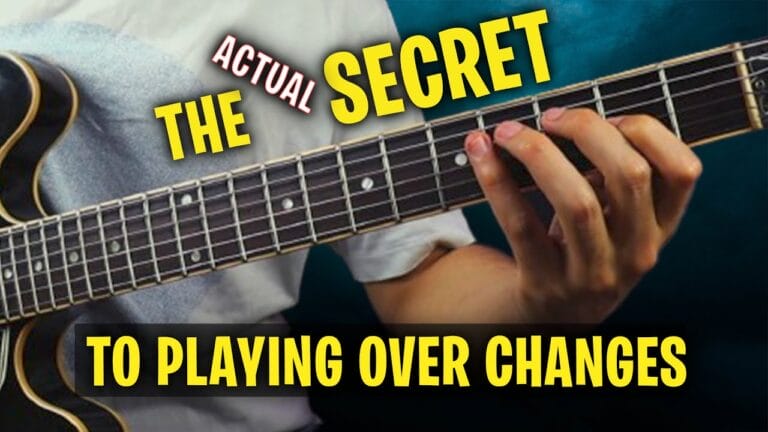4 Great Essential Bebop Elements You Can Implement Now
Becoming a Better Bebop Improviser | Guide to Bebop Elements
Bebop is a complex and challenging style of jazz music that requires a deep understanding of rhythm and harmony. One of the most essential Bebop elements of is the ability to think like a drummer, and to understand how the rhythm section of a jazz band works together.
Practicing Bebop
One way to practice bebop is to focus on the subdivisions of the rhythm, and to work on your ability to hear and play these subdivisions with precision and accuracy. This can be done using a metronome, or by transcribing the solos of bebop masters like Charlie Parker and Dizzy Gillespie.
Another important aspect of bebop is voice leading, or the way that the notes of a phrase flow and connect to one another. To develop your skills in this area, try practicing different variations of bebop phrases, and pay attention to the way that different notes and chords relate to one another.

Developing Rhythm and Time
For those who may not have a natural sense of rhythm, it can be helpful to start by learning to play drums or another rhythmic instrument. This can give you a deeper understanding of how rhythms are created and how they can be manipulated to create different effects. Additionally, working with a metronome and focusing on subdivisions can also help to improve your sense of timing and groove.
Tips for Improving Bebop Improvisation
These are basically very essential Bebop elements:
- Start listening to and studying the music of bebop greats like Charlie Parker, Dizzy Gillespie, and Thelonious Monk. Pay attention to the melodies, rhythms, and harmonic structures of their solos, and try to learn and transcribe some of their phrases.
- Practice your rhythm by working with a metronome and focusing on subdivisions. Try to play along with the metronome at different tempos and subdivisions, and pay attention to your accuracy and timing.
- Work on your chord voicings and arpeggios. Bebop is heavily based on the use of extended chords, like 9ths, 11ths and 13ths and being able to play them fluidly and smoothly is crucial for improvisation.
- Focus on your voice leading. As you practice different bebop phrases, pay attention to the way that the notes and chords connect to one another. Practice playing different variations of these phrases and work on connecting them in a musical and seamless way.



















